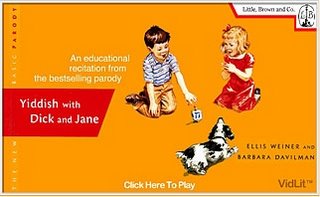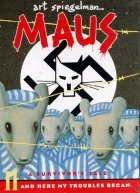Yiddish in America

Ozick’s story Envy; or, Yiddish in America Edelshtein, the main character, is an immigrant, Yiddishist, and writer. He has yet to break into the mainstream market with his writing because he is unable to have his writing translated from Yiddish into English. Edelshtein believes that Yiddish is a dying language. He resents everyone who turns his or her back on Yiddish. He seems to find conflict with anyone who does not embrace this language with the same fervor and reverence as he.
Edelshtein also seems to secretly envy the fame his biggest enemy receives due to the translation of his work from Yiddish to English. What Edelshtein does not realize is Ostrover’s success lies deeper than just translation. Ostrover speaks to everyone in his writing; Edelshtein only desires to speak to Jews.
Edelshtein seems to begrudge any of the Jews in his life who choose to ignore Yiddish. He believes that turning their back on Yiddish is the same as turning their backs on their past. He is stuck in a world where no one is left to speak his language or read his writing. He wants to open people’s eyes to a dying language.
Edelshtein’s conflict with the character Ostrover represents his issue with this present generation who chooses not to promote the language of Yiddish. Ostrover, like many other Jewish writers, choose to translate writing into English. Edelshtein envies Ostrover’s success.
Edelshtein’s final conflict lies within the future generation. Hannah, the young niece of a friend, is able to read Yiddish and is familiar with Edelshtein’s writings. Edelshtein looks at Hannah as if she herself holds the future of the entire Yiddish language. He places his demand on her, but she is not looking to be the Messiah of the Yiddish language. She no longer wants to bare this burden.
Edelshtein is a walking ghost throughout the entire story. He is a faint representation of the language of Yiddish in America. He is disappointed each by the past, present, and future generations in this country in order to keep this language alive. It seems as though everyone chooses to turn his or her backs on it. Edelshtein is unwilling to accept the death of the language and tries everything in his power to revive Yiddish. However, unfortunately Edelshtein fails. The language is destined to die with him.





